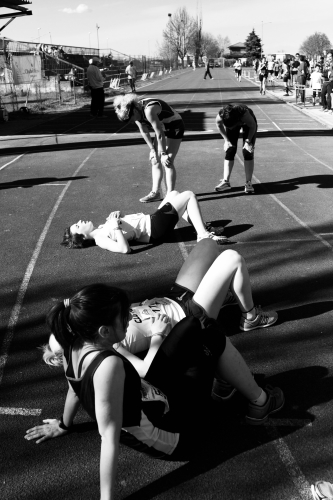 As more people live into their seventies, eighties, nineties, and beyond it is important to view our health and fitness not merely as a way of keeping disease (and love-handles) at bay. Healthy aging is also about growth and development.
As more people live into their seventies, eighties, nineties, and beyond it is important to view our health and fitness not merely as a way of keeping disease (and love-handles) at bay. Healthy aging is also about growth and development.
The World Health Organization puts it succinctly: “Additional years provide the chance [for older individuals] to pursue new activities such as further education or a long neglected passion, while continuing to make valuable contributions to family and community.” This is a much more expansive view of what aging is about. It’s not just staving off the effects of old age, it’s putting continued engagement with the world front and center.
Exercise Is A Tool For Growth
According to WHO, how a person views their physical and mental capacities, known as ‘intrinsic capacity’, is a much better predictor of health and wellbeing than the presence or absence of disease. In other words, people aren’t motivated only by what they are avoiding, they are motivated by what they feel like they can achieve. We don’t want to to simply coast, we want to keep moving forward.
Your exercise can and should reflect this more expansive mindset. Think of what you do for your health as more than just a set of motions that you must do to keep the worst away, but instead as a way to build your own physical capabilities in order to expand on what you do in the world, especially as you age.
Training Is A Journey. It Should Take You Places
What does this shift in mindset look like in the gym? It begins by thinking about what you are doing now as a building block to something else. For example, it is very common to approach strength training as simply a way of keeping your muscles from deteriorating. But strength training also involves skills that can be built, and each new skill can open the door to a new experience.
You might begin with body weight exercises, for instance, but once you have become proficient with those there are new places to go. You could move on to include free weights, learning new techniques like squatting and deadlifting, which build more strength while also adding mobility challenges to the mix. (Squatting is not easy, but you can learn to do it.) From there, you might try moving on to unilateral activities like lunges or step ups, which incorporate more dynamic stability and balance. Once you have mastered this, you could learn to target different goals like power or endurance. Then you could learn how to cycle through these different goals over the course of a year, allowing yourself to continually impove on all of them. Eventually, if you were really ambitious, you could even get into sports like powerlifting or olympic lifting. (Yes, seniors do these sports too!)
The point is, it isn’t just about trying to keep the house from falling down, it’s about adding on to it!
Don’t Make Aging All About Avoidance
The next time you are in the gym, especially if you are over fifty, think about how you can make your exercise about growth. How can you challenge yourself to be better? Where might your exercise take you? It might give you a whole new outlook on working out.


